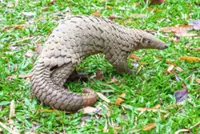KLANG: As it is not easy to keep wildlife away from trunk roads and highways, experts say it is the responsibility of road users to be cautious to prevent roadkills.
Wildlife veterinarian Dr Heni Paramita Intraswari said this was because the roads ran across land and areas that were the animals’ habitat.
Related stories:
Follow us on our official WhatsApp channel for breaking news alerts and key updates!
wildlife
,
roadkills
,
habitat
,
crossings
,
motorists
,
highways
,
trunk roads
,
accidents
,
creatures of habit
,
speed limit
Thank you for your report!





